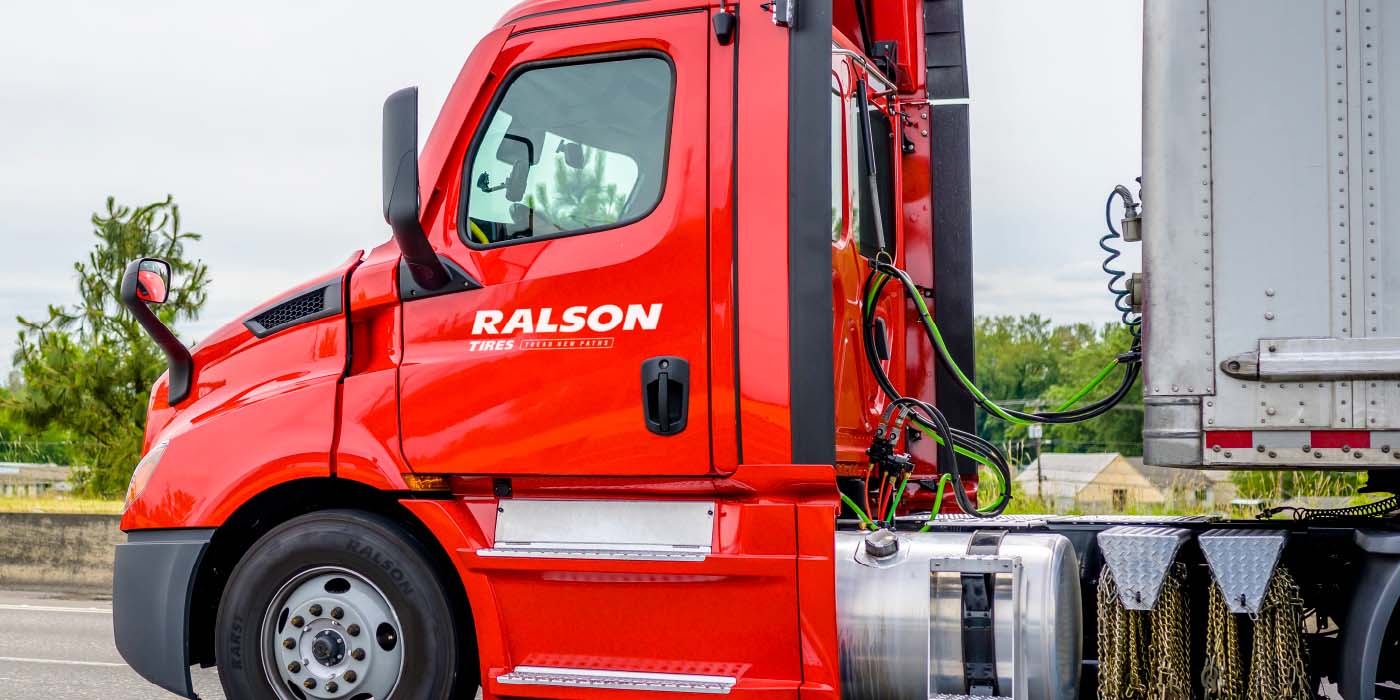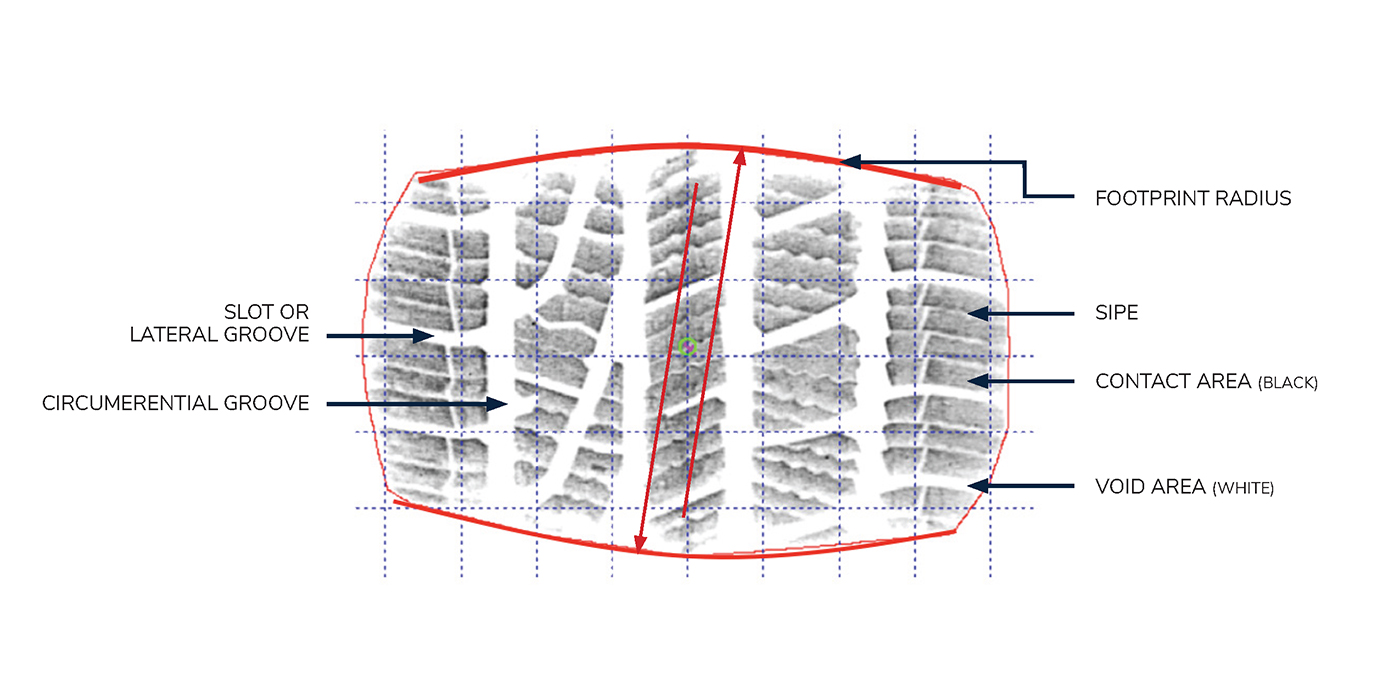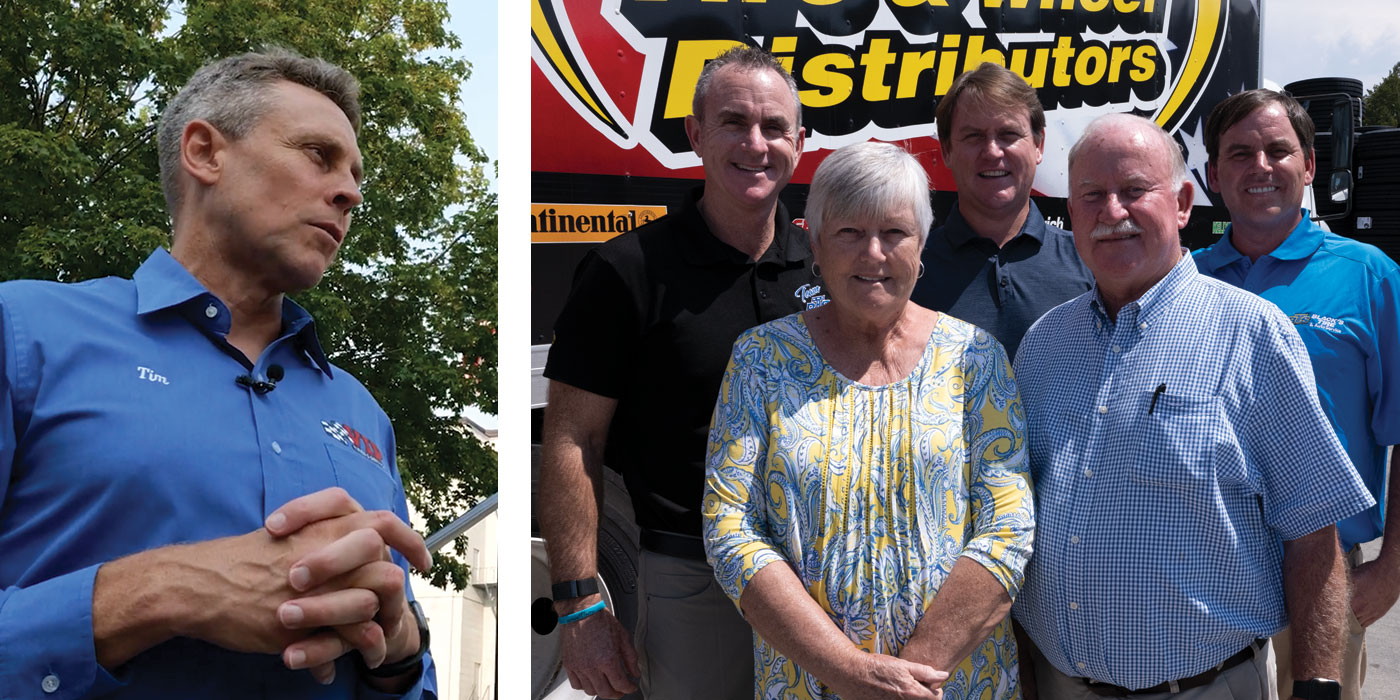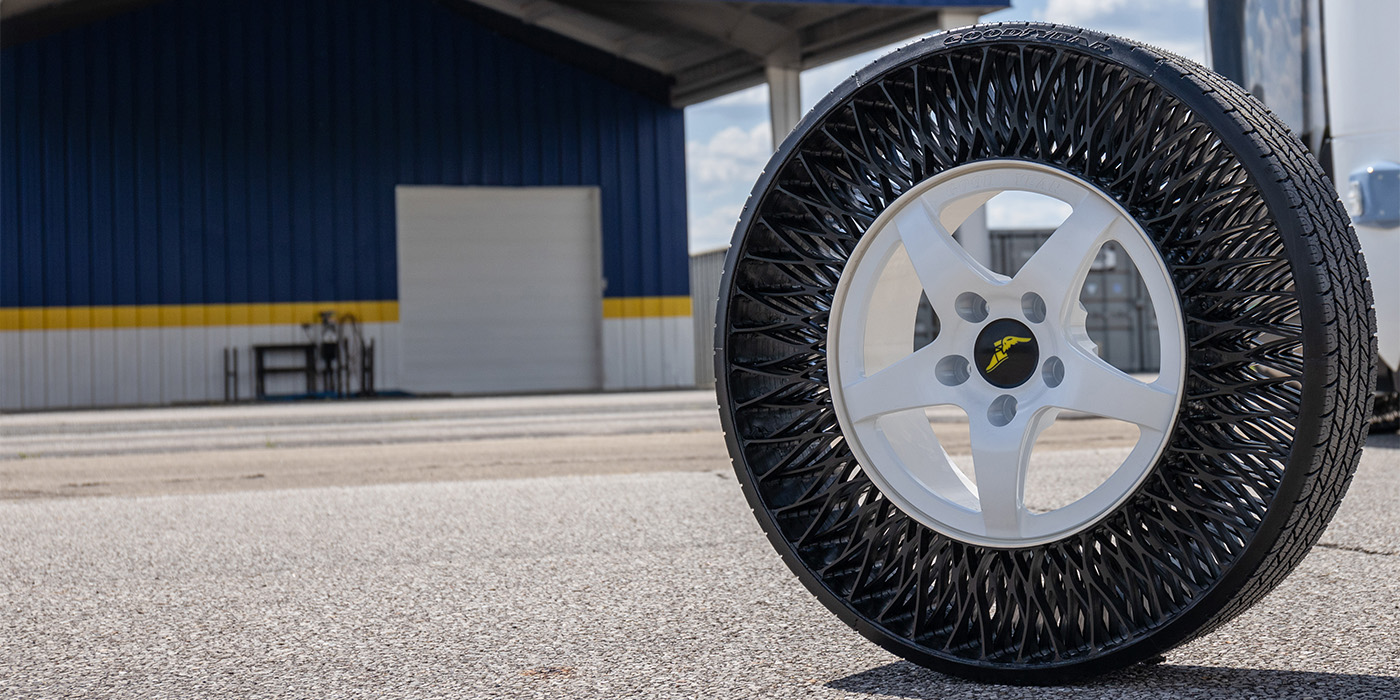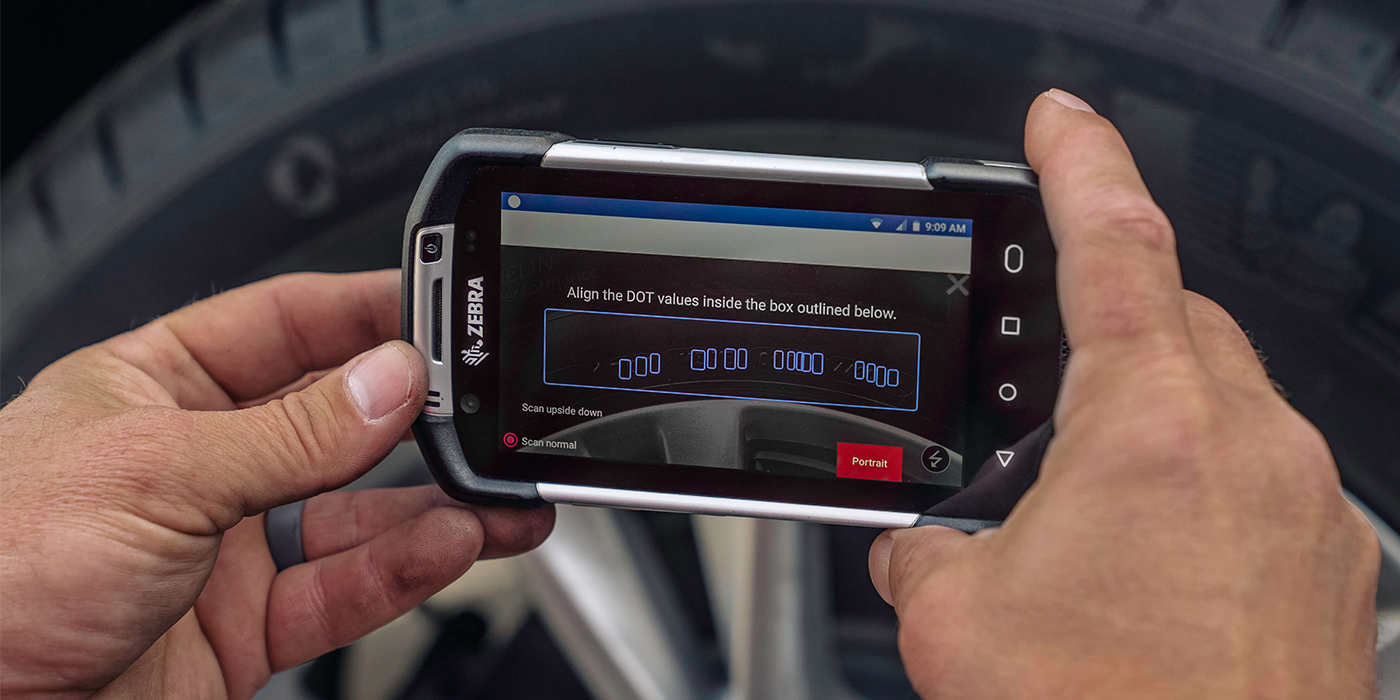Actor Paul Walker didn’t die because the nine-year-old tires he was driving on failed.
At least as far as anyone knows.
Was it all recklessness and high speed that wrapped the 2005 Porsche Carrera GT around a pole, causing an inferno that literally burned him alive?
Or did the aged tires contribute to the carnage?
It’s impossible to know. But poster children have been created from far less.
Released in late March, the detailed investigation conducted by the Los Angeles County Sheriff’s Department and California Highway Patrol concluded that it was unsafe speed – not mechanical or weather issues – that caused the Nov. 30 crash that claimed the “Fast & Furious” film series star and his friend Roger Rodas.
Interesting, though, is that police investigators made very specific reference to the Porsche’s nine-year-old rear OE tires. Even as the odometer had barely turned 3,300 miles, the investigators said that Porsche owner’s manual urges the installation of new tires after four years.
As a result of the age of the tires, “the drivability and handling characteristics…may have been compromised,” according to the report.
And now Paul Walker is a poster child for the anti-old-tire set.
So are 18-year-old Michael Molloy and 23-year-old Kerry Ogden, who died in a September 2012 bus crash on the A3 in Hindhead, Surrey, England. Investigators there said the accident was caused by the catastrophic failure of the bus’ front tire.
A tire one year older than Michael.
Michael’s mum Frances Molloy is pressing hard to get her country’s vehicle inspection law changed to properly assess the age and condition of tires. The U.K. has some pretty stout tire regs in place – we’ve seen drivers get $4,000 fines for having well worn tires – but tire age is not addressed except as a suggestion.
Frances never wanted her son to become a poster child for anything. Kerry’s parents had no such hopes for her, either.
But there they are, stone dead because of an old tire that went unnoticed by the government and “unnoticed” by the pence-pinching bus company.
I’m tired of seeing the word “tire” next to the word “aging.” I’ve typed the phrase so many times over the last 12 years that my fingers cringe.
And at this point I’m sure you’re tired of reading about it and answering questions about it. But I’m not done talking about it, not until that day when we pull our heads out of the sand and take firm action to end this ridiculous non-argument.
It’s 12 years since the whole question came to light. Twelve years of pushing back on Sean Kane and pushing our industry to act. And nothing concrete to show for it, expect a clear-cut loss in the PR battle.
In May 2012, I wrote: “Sadly, this whole tire age thing has simply spun out of control. There are far too many dealers and association folks and executives and ‘tire experts’ defending the indefensible by continuing to point to ‘science’ and ‘data’ where ‘common sense’ is now the only reasonable response.
“The ‘service life is not determined by chronological age’ fugue is as ancient as the word ‘fugue,’ and about as useful now. No one can argue that point…because there is no ‘science’ or ‘data.’
“A decade ago, when the whole question of ‘How old is too old?’ reared its head, that argument made some sense. But instead of going out and getting some ‘science’ and ‘data,’ TIA, RMA, tiremakers and others stood on soapboxes and declared that since none existed, there was no problem.”
I was so young and naïve then. Nothing has changed. In two years or 12.
The court of public opinion is never, ever wrong. This is as true as the earth is round. But our industry and its representatives continue their still and silent act.
That is until some well-meaning state legislator presses forward with a tire age bill. As happened in my home state recently, and others since 2002. Then RMA and TIA spring into action like nobody’s business, if only because that’s their business.
Those minor league legislative efforts are going to continue to pick away at this scab until we reach the conclusion we should have come to a dozen years ago – or we will get 50 different and divergent tire age parameters.
The last time a 50-state solution became a four-alarm threat, the RMA raced to write the part of the 2007 Energy Bill that made tire fuel efficiency testing, tire labeling and consumer education the law of the land.
That’s gone well, hasn’t it?
As I once wrote: “Consumers don’t care about ozone, weather, tire stacking, raw material quality and consistency, production equipment, what day of the week the cotton was picked and processed into casing plies, or any of the excuses we have heard for 10 years – and still hear today.
“When it comes to buying ‘new’ tires, drivers want actual new tires…They don’t want to worry if their ‘new’ tires will hurt or kill them.
“And there is no amount of ‘science’ or ‘data’ that will convince them otherwise.”
Whether we need to pull tires at six years or 10, this industry needs to finally and firmly act. But such a change now will require courage. We should spend less time counting bodies and calculating the financial toll responsible action will require.
It will take more conversation, more cajoling, more common sense, more bravery.
I wonder if we can find it, though. After all, bravery is never buried in the sand.

